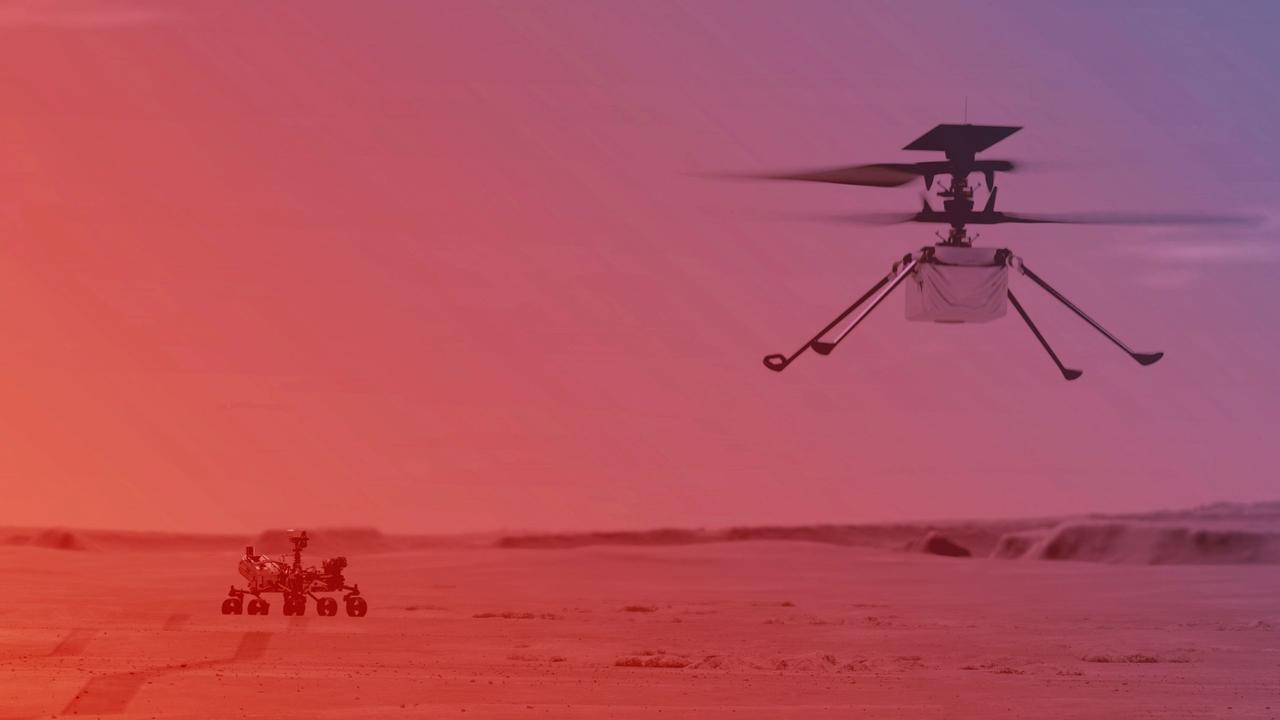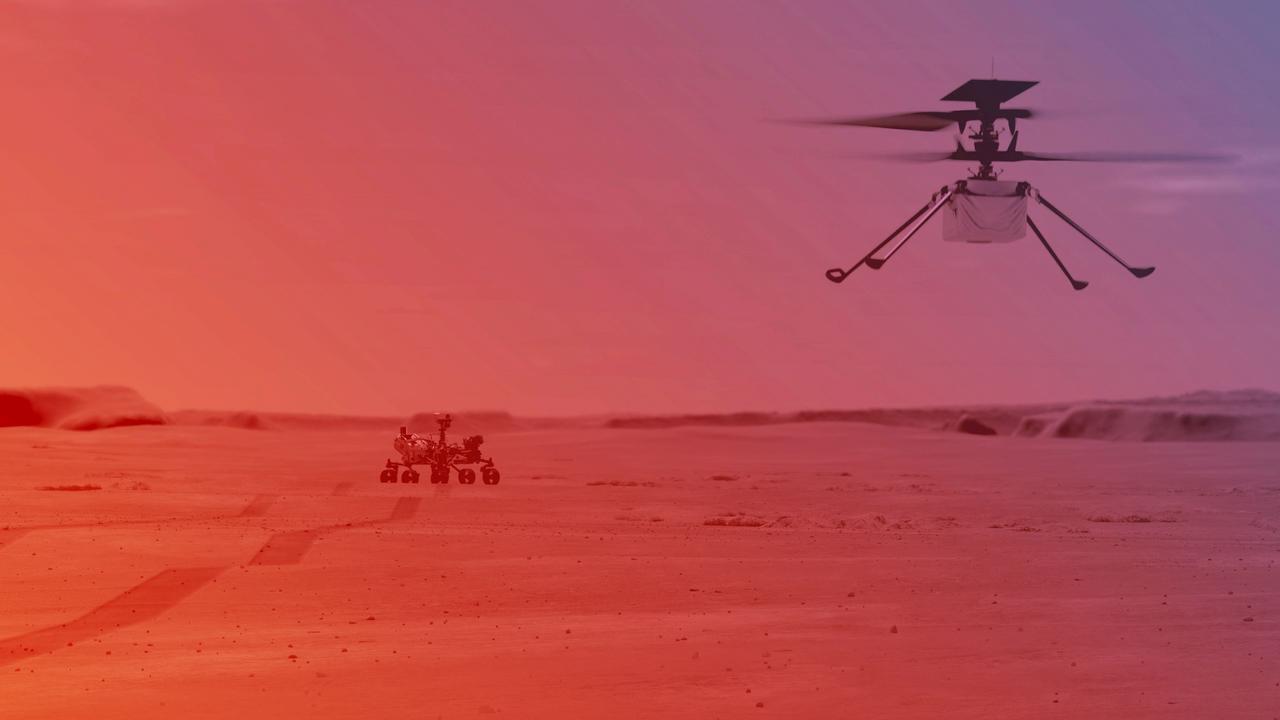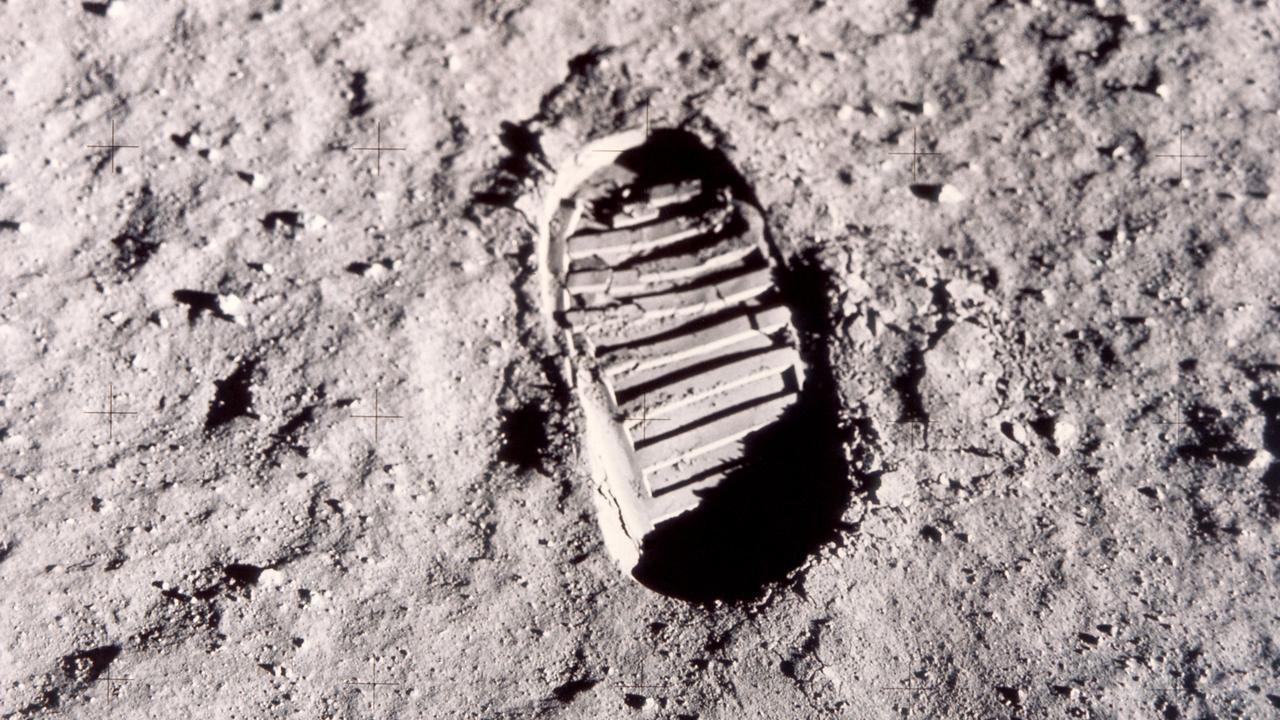Space engineer reveals Australians ‘will be living on Mars’ within decades
Humans setting up shop on Mars could be a reality much sooner in the future than most Australians think, it has been revealed.

Australians could be living on Mars within the next few decades, a leading space expert has claimed.
The incredible prospect hinges on the success of intense exploration of the moon, where space engineer Dr Sarah Cannard told TEDxSydney astronauts would soon be setting up “base camp”.
“I believe we will see humans living on Mars in our lifetime,” Dr Cannard told the audience on Friday.
“But before we get there, we actually need to learn a lot more about what it takes
to live on another planet.”
She said learnings gathered from research conducted on the moon would be crucial in the future habitation of Mars, which was less a matter of “if” and more a question of “when”.
First however, living and working on the moon needed to be trialled, and the full scope of the planet’s resources needed to be investigated.
“We need to learn how to mine the moon and extract its natural resources and live off these natural resources,” Dr Cannard said.
“This is the first critical step in having a sustained human presence.”
Water and oxygen would be top priorities, she said, so humans would have a breathable atmosphere and water to drink, and grow plants and medicine.

If hydrogen could be extracted from the water, rocket fuel could be created, she added, with a rocket launch pad then being a legitimate possibility.
To take it a step further, new habitats, greenhouses and other infrastructure for survival, would also be developed, she said.
Scientists believe the moon has an expansive inventory of ice water which, in combination with other resources, meant it had “everything we need to sustain human life”, Dr Cannard said.
Her team was behind the design of Australia’s first ever lunar rover, Trailblazer, in partnership with the Australian Space Agency and NASA.
Humans, for the first time in 50 years, would be put on the moon as part of the Artemis program – the next in a series of deep space exploration with the aim of returning humans to the moon.
“We have not had humans on the moon in 50 years. All of that is about to change,” Dr Cannard said.
The next group of humans were expected to be living on the moon in 2025 in a makeshift “base camp” where they would “wake up at breakfast and if they’re lucky, watch the earth rise”.
Their lives would consist of “exploring the local area”, farming plants grown from the moon’s water, and conducting research that would ultimately support putting life on Mars.

Dr Cannard described Australia’s contribution to the mission with its Trailblazer rover as “the most complicated and challenging mission” the country has ever undertaken.
“And it’s not just because the rover itself is a technically challenging thing to design and build, it’s because we’re sending this rover to the lunar South Pole and for those that aren’t aware, the lunar South Pole is one of the most harsh environments one of the coldest locations in our solar system,” she explained.
“Temperatures on the South Pole can go from minus 220 degrees in the shade up to 120 degrees in the sunlight regions. What’s even more bizarre about the moon is because it doesn’t have an atmosphere, the temperature in the shade behind a boulder can literally be hundreds of degrees colder than it is right next to it in the sunlit region.”
For the same reason, it would be pitch black behind boulders and in craters.
“So we won’t know if there’s something in there, worth checking out or something in there that might be dangerous,” Dr Cannard said.
Despite the abundant challenges ahead, she was excited for a not-so-distant future of humans living on Mars.
“We are all part of the next generation now, all of us, and I do believe we will see humans living on Mars in my life,” she said.
“So now, when I wake up and look at the night sky with my kids in our backyard, we see a destination and that’s just the tipping point of human space exploration.”
Keep the conversation going, email brooke.rolfe@news.com.au






